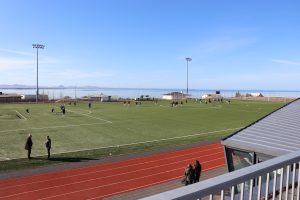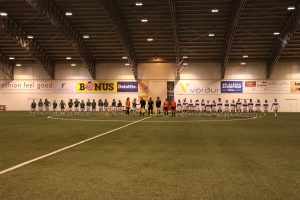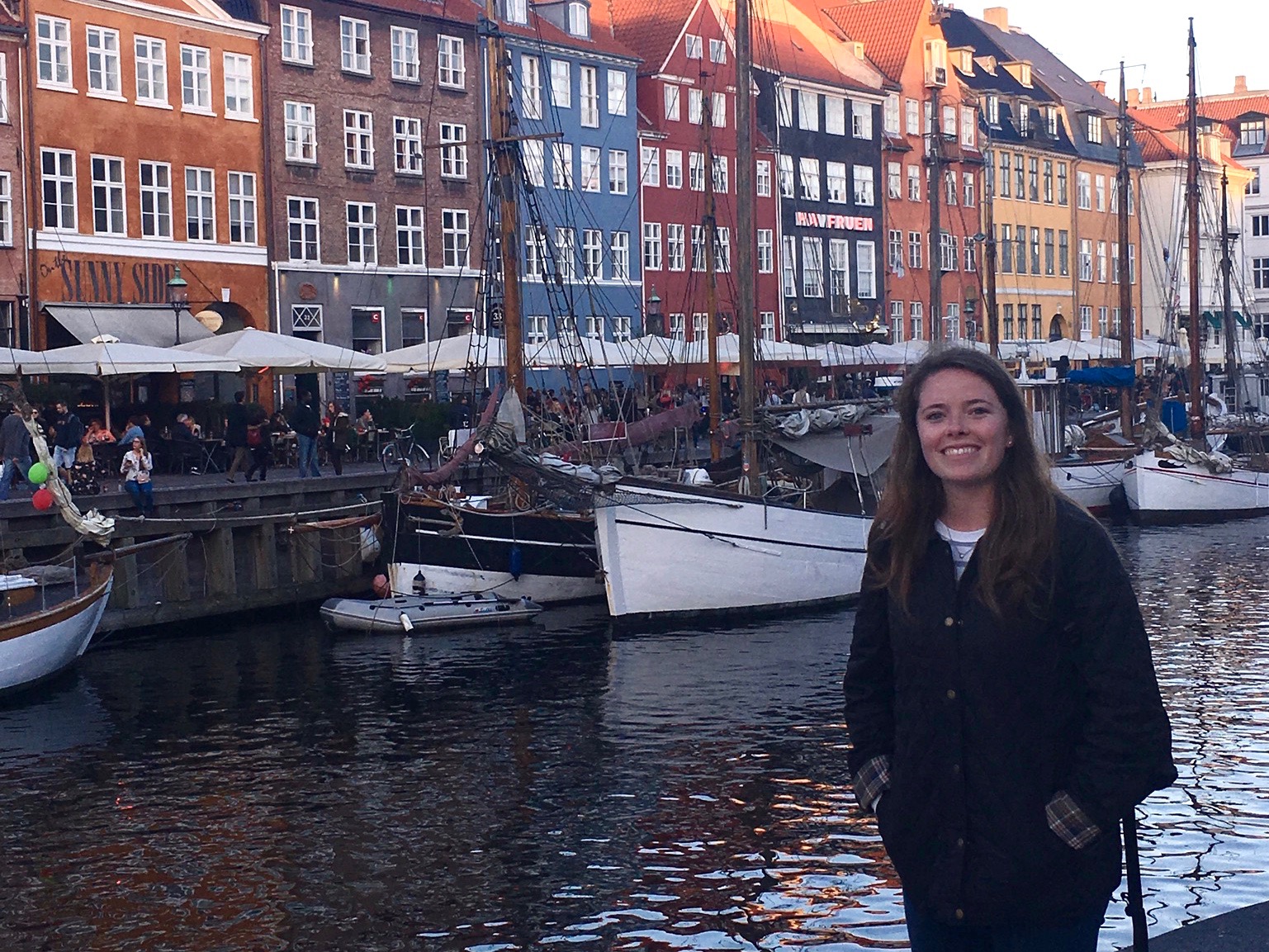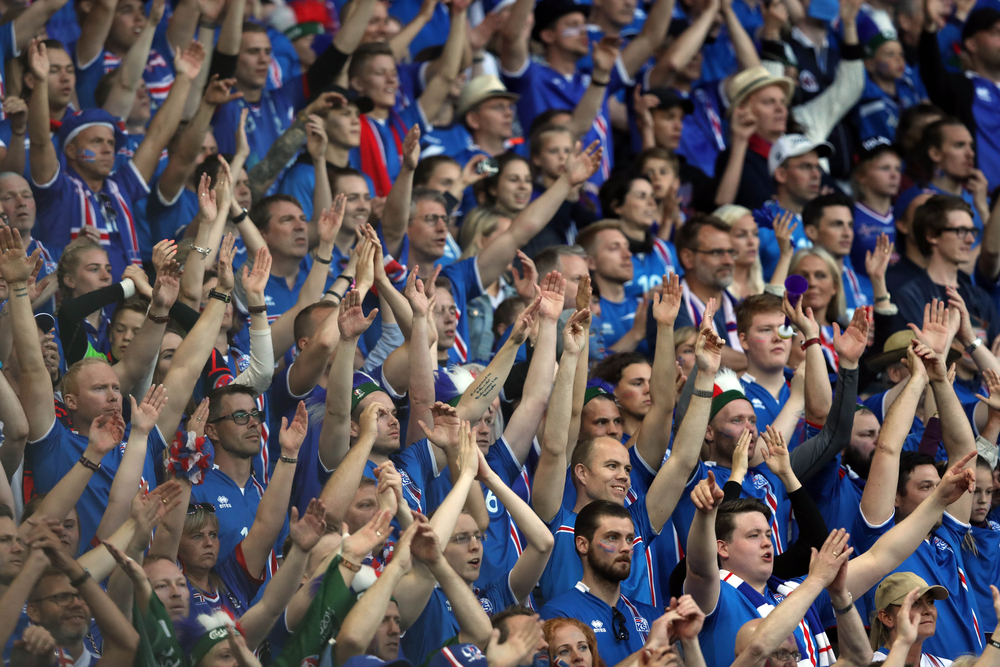Eric McAleer reflects the role of the fan and shares five of his most memorable stadium experiences.
Last week, I read an essay that really hit home with me: Trust Me, Sports Without Fans Is Not Sports.
The title had me nodding my head in agreement as I kept reading.
“For five glorious days at the 2021 Australian Open, I got to experience that noise again, because government officials allowed up to 30,000 fans, about 50 percent capacity, to attend the tournament each day. It was both a joy and a revelation to rediscover the power of what quantum physicists call the “observer effect” — the fact that any observation, however passive, alters an outcome — even in a half-capacity crowd of tennis fans. Sports felt like Sports once more.”
Of course, the half capacity approach at the Australian Open didn’t last long (outbreak, then shutdown, an all-too-familiar event these days) and I joined the author in his misery as he watched a prime seat in overdue and treasured fandom evaporate immediately.
The “observer effect” is very, very real, and I’m a proud and constant participant when I’m in the stands. I might not be thinking in the moment that my vocal enthusiasm (or cheers or yelling or singing) is making an impact on a player or the game, but then again, how couldn’t it? Stadiums get loud, and you can hear a lot from the field, especially when tens of thousands of people are so in sync with their reactions and feedback.
Three words: home field advantage. The crowd, the fans – always ready to change the course of the action. There’s good reason behind the idea that a home team’s crowd is like having an extra player. Advantage.
Like many of you, I’m sure, I miss watching live sports with tons of strangers in a packed venue. I miss singing songs in unison. I miss feeding the collective fan energy that inspires players to get back up and dust themselves off. I miss celebrating goals. I miss physically recoiling at a shot mere centimeters off target. I miss the ordeal of getting to a stadium and I miss the joy or dejection that I bring back home with me after the final whistle and hurried exodus.
So I got to thinking about a few of my most memorable fan experiences, ones that immediately came to mind when I think about the “observer effect.”
2020 – AC Milan v Inter Milan
San Siro. A derby. At any level, derbies have a special magic. They’re always about a single game, yes, and also always about every other clash two teams have ever had, because of course they are! This one goes back to 1909. What a history, and because I was there for one, I’m a part of it, too.
Ibrahimovic is a special player. Lukaku is a force. The stadium was sold out and totally rocked. And the comeback – what.a.comeback! Fueled by fans, for sure.
2018 – Barcelona v Real Sociedad
Iniesta’s final game. Not a dry eye a certified football cathedral packed with 100,000 people. This was so much more than a final game, it was the end of an era. What a player, Iniesta. Top class in every way, and humble as he may be, he is a master of sincerity. I have video of this match, of the crowd not just singing but belting their hearts out to a player so deservedly beloved in Spain. How lucky was I to see him off at Camp Nou one final time. And he stayed on the pitch himself until 1:00AM! Surely he was savoring his memories from the field, but I know he was also thinking about all of the eyes that watched them.
2017 – River Plate v Boca Juniors
The game in Argentina is hard to top. Step into the country and already you feel connected to Maradona and Messi. Sit in the stands for a Boca Juniors game and it’s transcendent. Most of my time in stadiums has been spent in Europe, so it was all the more special for me to join the scene in South America. Absolutely incredible. It’s a match, it’s a party, it’s a reunion, it’s so many things happening at once. I’ll never forget it.
1996 – England v Scotland
AT WEMBLEY. Should I go on?
I wore a kilt. Maybe that impacted the result.
Paul Gascoigne’s goal was amazing. David Seaman saved McAllister’s penalty and my heart sank, along with 9,999 other Scotland supporters. I was there with a great group of friends, David Moyes among them.
Cheering on your country in the opponent’s stadium is not for the faint of heart. Sure, you’re seated amongst your compatriots, but still, you can’t help but feel the eyes on you and the duty you assume to be that much more of a factor in the game. 10,000 Scots is a good size, but we had to represent millions more.
1992 – Glasgow Rangers v Leeds United
Scoring on a diving header is one of the goals every player (and I mean EVERY PLAYER) dreams about, and McCoist did just that. I remember everything about it, and that means I remember where I sat, what I wore, how I felt. Of course, these memories had to come back to me over time – it was all a blur in real time. The “Battle of Britain” indeed, and even more than that, as the article rightly points out. What a game. What an environment to be in.
I’m fortunate enough to have to narrow down my fan experiences to these five, and that’s not lost on me. Now more than ever, I know that being a fan at the game is not a certainty, it is a privilege, and one I take seriously. After all, my being there impacts the game.




 SEARCH
SEARCH
















